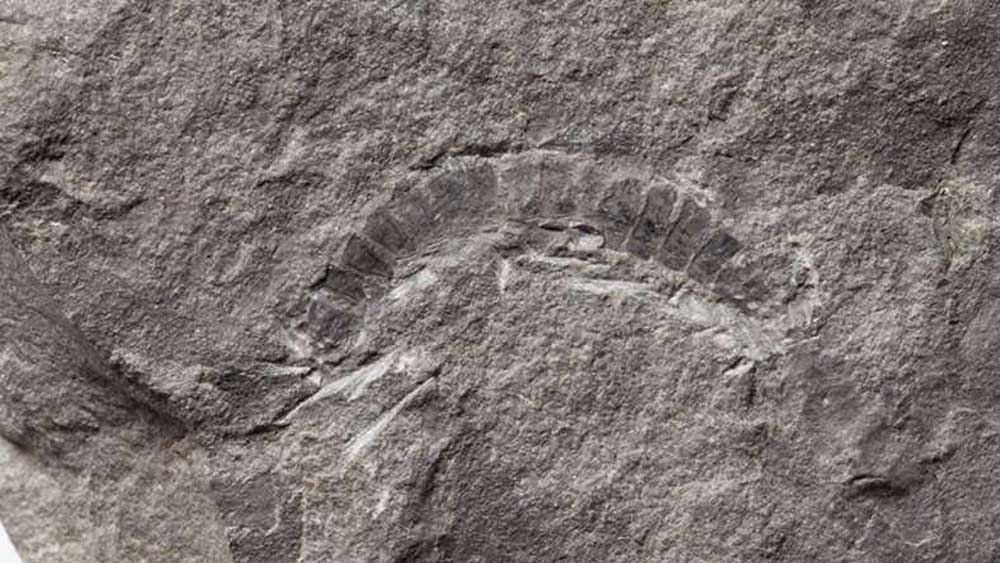This discovery also caused some consternation with the uniformitarian community. Secular scientists recognize that their evolutionary worldview creates some intense time crunches, forcing them to marvel at the rapid pace that evolution must have proceeded. The University of Texas reported,
The findings offer new evidence about the origin and evolution of bugs and plants, suggesting that they evolved much more rapidly than some scientists believe, going from lake-hugging communities to complex forest ecosystems in just 40 million years.2
“It's a big jump from these tiny guys to very complex forest communities, and in the scheme of things, it didn't take that long," said Michael Brookfield, lead author of the paper published in Historical Biology. "It seems to be a rapid radiation of evolution from these mountain valleys, down to the lowlands, and then worldwide after that."2
However, Brookfield, a research associate at UT Austin's Jackson School of Geosciences and his co-authors, found their millipede fossil is still 75 million years younger than the date estimated by molecular clock dating.2
Something must be wrong with these dating techniques. Seventy-five million years is a big difference. And how did this critter evolve in the first place? Most of the fossils in Silurian and older rocks are marine in origin.
Although it's certainly possible there are older fossils of both bugs and plants, Brookfield said that the fact they haven't been found—even in deposits known for preserving delicate fossils from this era—could indicate that the ancient millipede and plant fossils that have already been discovered are the oldest specimens.2
The authors leave the question of the origin of the millipedes unanswered once again. Where are the ancestors to these millipedes?
This is a recurring problem in the fossil record. No ancestors to trilobites are found in Cambrian System rocks either.3 The list could go on and include nearly every fossil ever found. There are no ancestors to anything found in the fossil record.4
Instead, fossils preserve a record of the progressive flooding of the continents.4 Each fossil type shows up full-formed and functioning—just like this millipede. And even though the millipede was found in rocks dominated by marine fauna, it is no surprise to find a few land critters washed out to sea and buried with marine fossils. After all, a dinosaur was washed 70 miles offshore later in the Flood and was buried over a mile deep.5
The global Flood offers the best explanation for this solitary millipede fossil. God used the Flood to judge the Earth, and it only happened thousands of years ago, not millions.6
Stage image: Fossil millipede Kampecaris obanensis.
Stage image credit: British Geological Survey. Copyright © 2020. Adapted for use in accordance with federal copyright (fair use doctrine) law. Usage by ICR does not imply endorsement of copyright holders.
References
1. Brookfield, M.E. et al. 2020. Myriapod divergence times differ between molecular clock and fossil evidence: U/Pb zircon ages of the earliest fossil millipede-bearing sediments and their significance. Historical Biology. DOI: 10.1080/08912963.2020.1761351
2. University of Texas at Austin. World's oldest bug is fossil millipede from Scotland. PhysOrg. Posted on Phys.org May 28, 2020, accessed June 1, 2020.
3. Clarey, T. The Cambrian Explosion Mystery Deepens. Creation Science Update. Posted on ICR.org June 19, 2018, accessed June 1, 2020.
4. Clarey, T. 2020. Carved in Stone. Dallas, TX: Institute for Creation Research, 90-113.
5. Clarey, T. and J. J. S. Johnson. 2019. Deep-Sea Dinosaur Fossil Buries Evolution. Acts & Facts. 48 (8).
6. Cupps, V. 2019. Rethinking Radiometric Dating. Dallas, TX: Institute for Creation Research.
*Dr. Clarey is Research Associate at the Institute for Creation Research and earned his doctorate in geology from Western Michigan University.














